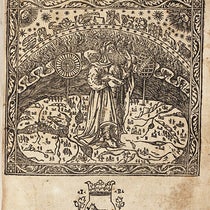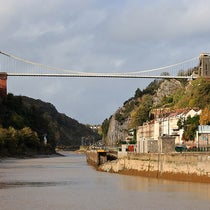Scientist of the Day - Gemma Frisius
Reiner Gemma Frisius, a Flemish mathematician and geographer, was born Dec. 8, 1508. In 1528, Gemma moved to Louvain, where he set up an instrument workshop, at the same time continuing his education in medicine, which he would eventually practice. As a result, Gemma was one of the best educated instrument makers in Renaissance Europe, able not only to design a theodolite or an astrolabe, but to reflect on how instruments can change our views of the world. He edited new editions of Peter Apian's Cosmographia, which was originally published in 1524 in Ingolstadt. Cosmography was a unique 16th-century science, a combination of cosmology and geography that tried to help the reader view his place on the earth and in the cosmos. The Gemma Frisius editions of Apian first appeared in 1529 and rapidly become the most popular books on cosmography available. We have three editions in the Library; the one of 1550 contains the most widely reproduced woodcut of the ancient geocentric cosmological system of Aristotle, then being challenged by Copernicus (see first image above).
The other attractive feature of Gemma Frisius's Cosmographia are the volvelles--sets of printed paper devices that rotate and point to allow the reader to picture the changing length of the seasons or times of sunrise and sunset around the earth. We reproduce two of the volvelles from our 1550 edition above (second and third images). Volvelles are easily torn out or lost or never installed in the first place, so it is especially nice when they have remained intact for 460 years, as both of these have. The fourth image above, from the same source, shows a diagram of the five climate zones of the earth.
Marttin van Heemskerck, the noted Dutch painter, has left us a strong portrait of Gemma Frisius (fifth image above); it is in the Museum Boijmans Van Beuningen in Rotterdam.
Dr. William B. Ashworth, Jr., Consultant for the History of Science, Linda Hall Library and Associate Professor, Department of History, University of Missouri-Kansas City

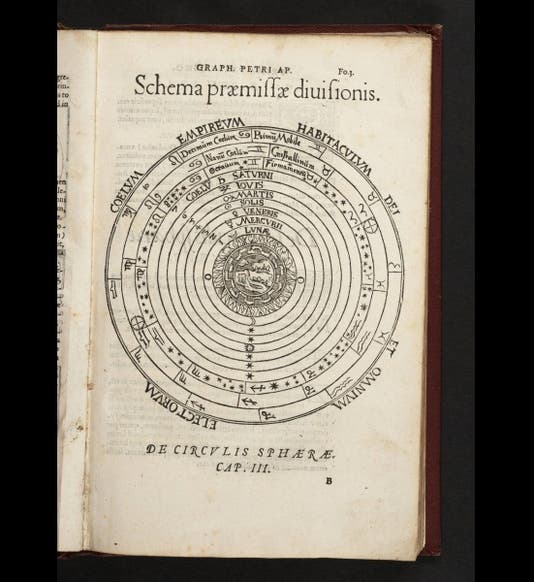


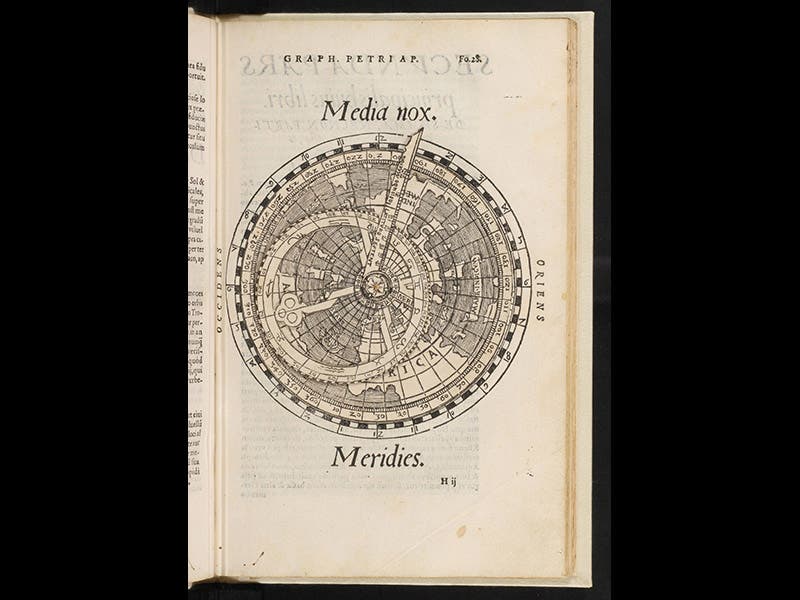
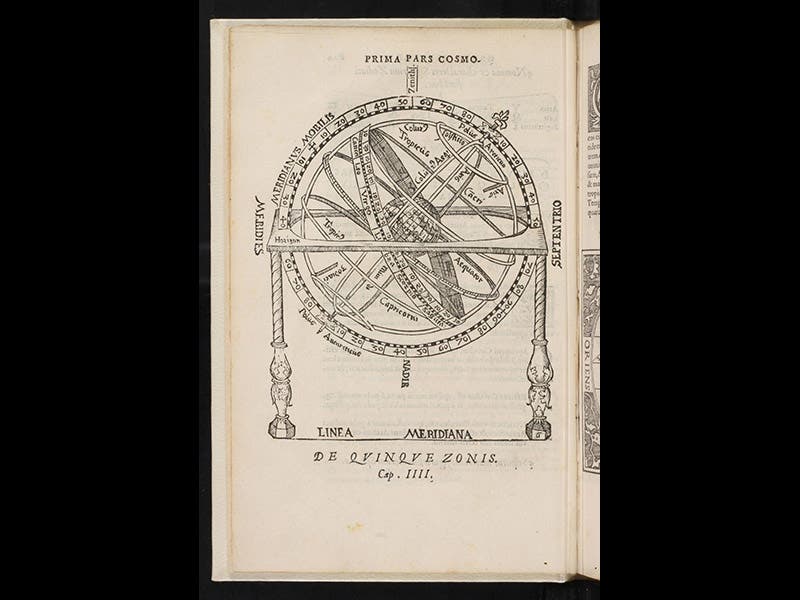
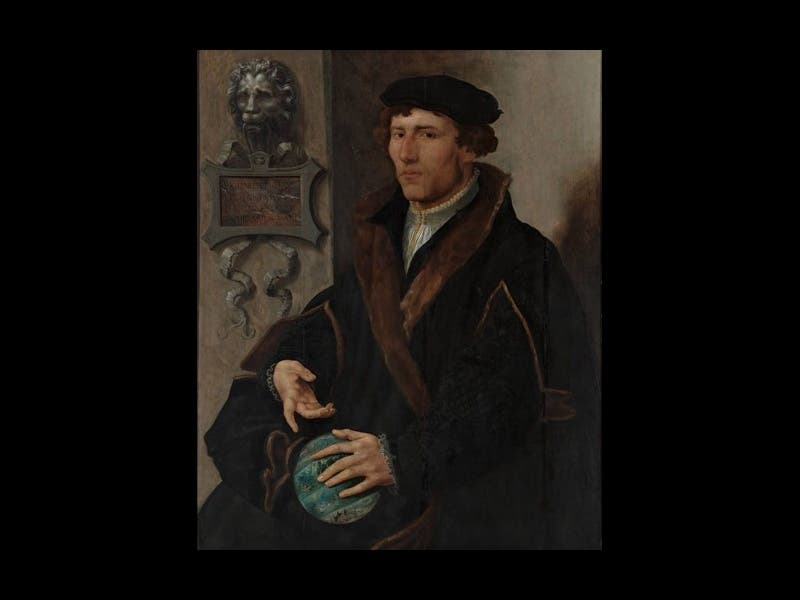

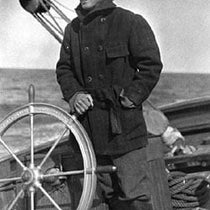
![Using an astrolabe to measure the depth of a well, woodcut in Elucidatio fabricae vsusq[ue] astrolabii, by Johannes Stöffler, 1513 (Linda Hall Library)](https://assets-us-01.kc-usercontent.com:443/9dd25524-761a-000d-d79f-86a5086d4774/a998eb50-55d2-4a88-ace2-a50aa5fa86e7/Stoffler%201.jpg?w=210&h=210&auto=format&fit=crop)
